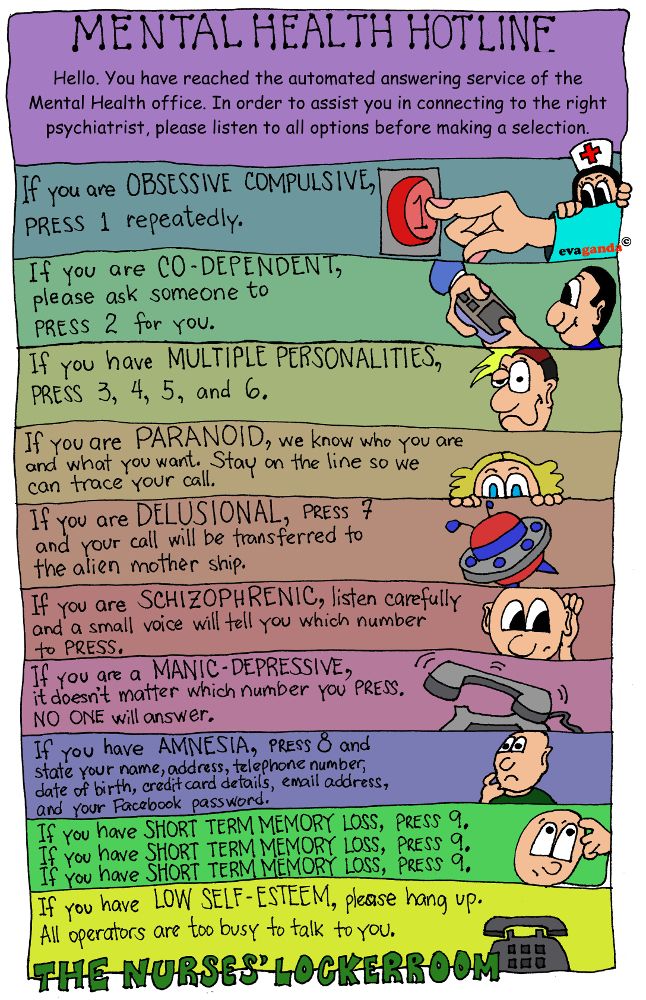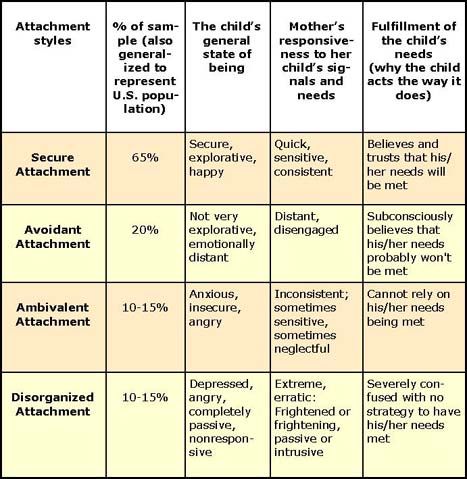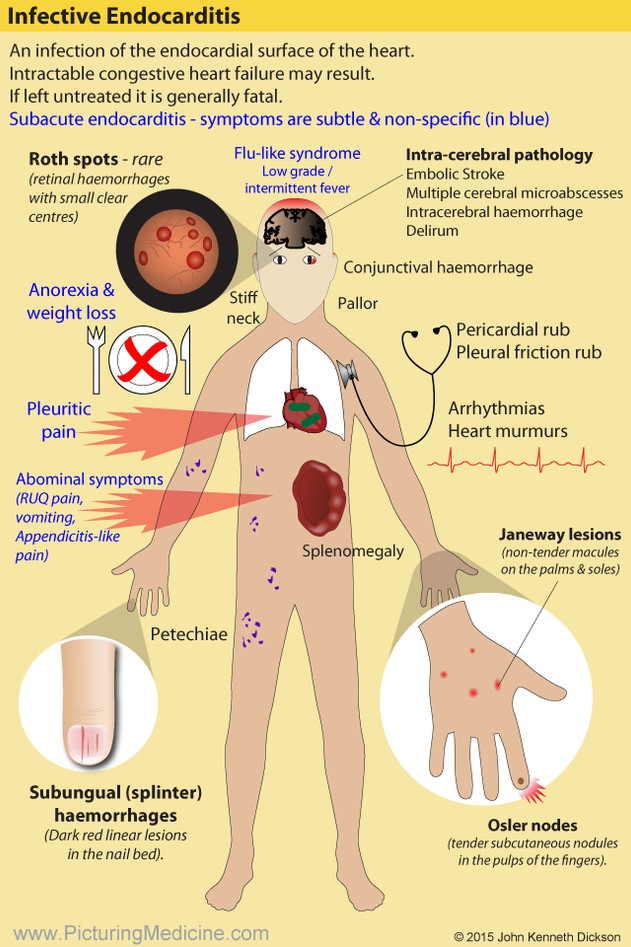How to release your anger
10 Healthy Ways to Release Rage
As a health care worker during the COVID-19 pandemic, you’ve probably dealt with some anger over the last few months, as the virus continues to take lives across the United States. With infection rates climbing once again, that anger may increase in intensity - what was once frustration may become full-blown rage. The circumstances causing this rage might be beyond your control (you can’t easily change how your government officials are handling COVID-19 in your community or force everyone to obey regulations), but you can control your own reactions. Relaxation techniques or mindfulness often work for lower intensity anger like frustration or annoyance, but with a feeling as high energy as rage, try to let that energy out in a safe way.
- Throw or break something (safely).
via GIPHY
Physically throwing something can relieve stress and be helpful in the immediate moment.
Have a yard? Get out there with a ball or find some rocks to throw if you have enough space. Or smash something, like a mug or old piece of junk that you’ve been meaning to get rid of. If that’s not a realistic option, get creative - throw something soft (like balled up socks or a roll of toilet paper) against a blank wall or an apple into the woods (the birds will get it).
- Scream – in private.
via GIPHY
When you can feel anger boiling inside you, yelling is often incredibly cathartic and can pull you out of that blind rage you may be experiencing. Take care to not startle or worry anyone (including nearby neighbors) by screaming into a pillow. If you’re at work and can take a break for a few minutes, your car is good option too.
- Sing it out.

via GIPHY
Put on some music that has anger in it – even if the artist’s anger is different from yours. Channeling your own feelings into the song and expressing that fury can help release some of your own anger.
- Dance it out.
via GIPHY
Dancing can be a great way to express your emotions, especially when they are so powerful that you can physically feel them in your body. Dance to angry music, happy pump-up music, or no music – just get that excess energy out.
- Do a tough workout.
via GIPHY
If dancing isn’t your thing, try another form of high energy exercise, like boxing or sprinting.
 You can search for free workout videos online or do your own thing, but make sure to push yourself and give it your all if you’re looking for that anger release. It might feel silly but yelling or grunting while working out might even help you exert more energy.
You can search for free workout videos online or do your own thing, but make sure to push yourself and give it your all if you’re looking for that anger release. It might feel silly but yelling or grunting while working out might even help you exert more energy.
- Journal.
via GIPHY
Putting your feelings into words isn’t always easy and writing may not be your go-to technique, but if your mind is spiraling with angry thoughts, dumping them all out onto paper can bring some peace. It doesn’t have to be a big ordeal – even just typing a stream-of-consciousness note on your phone during a quick bathroom break can help calm your mind.
- Draw or paint.
via GIPHY
Art is often a powerful way to confront your big feelings and turn them into something beautiful. Let go of your work being “good” – allow yourself to create solely to express yourself. Do what feels good rather than focusing on what will look good.
- Change your surroundings.
via GIPHY
When you can’t quiet your thoughts, a change of scenery – even just going into the next room or stepping outside for five minutes – can disrupt the track that your mind is on.
- Destroy a physical representation of your anger.
via GIPHY
Print out that email that set you off or write down the things that are upsetting you.
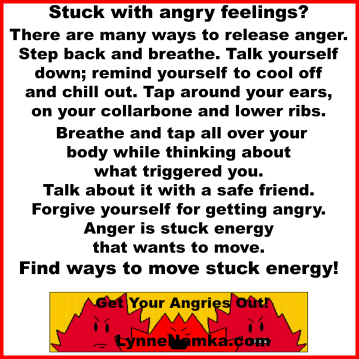 Then scribble all over it, tear it up, or put it through the shredder.
Then scribble all over it, tear it up, or put it through the shredder.
- Verbalize your anger.
via GIPHY
You can always vent to a trusted friend, but sometimes it feels better to pretend you’re talking directly to the person you’re angry at. Pick an empty chair, imagine they’re sitting in it, and yell, scream, or tell them exactly why you’re so mad – whatever feels best to you.
If you’re working to manage your feelings in a healthy way but it just seems impossible, take a mental health screen – you may be dealing with symptoms of a mental health condition. For immediate support, you can reach out to Magellan Health’s COVID-19 first responder crisis line at (800) 327-7451, the Disaster Distress Helpline at (800) 985-5990, or the Crisis Text Line by texting MHA to 741-741 – all of these options will connect you to a trained crisis counselor 24/7/365.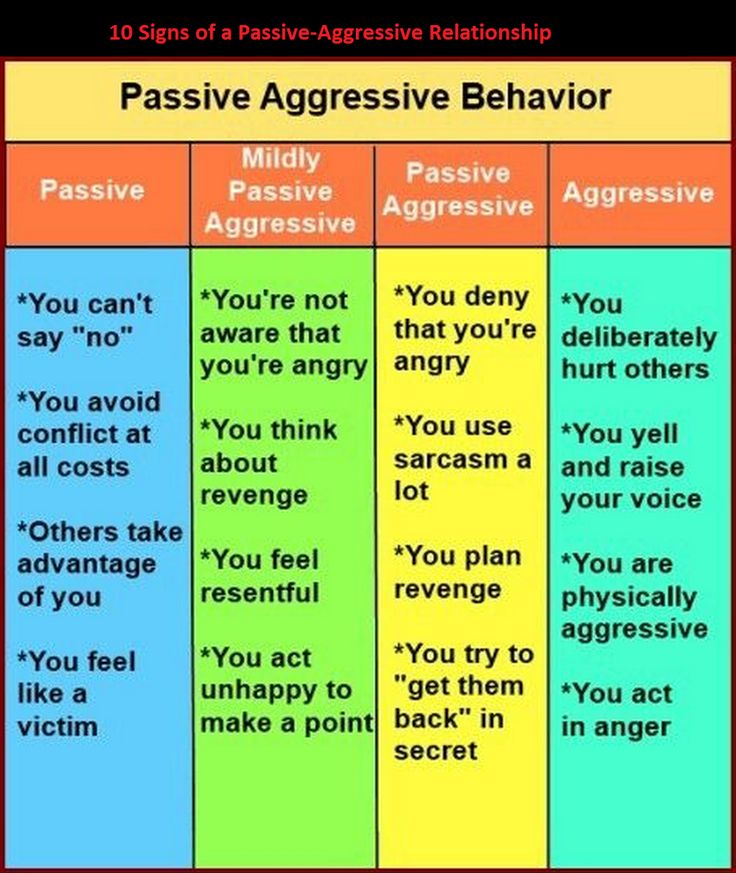
How to Let Go of Anger In Healthy Ways
It can be tough to know exactly how to let go of anger and resentment. Though conventional wisdom might nudge you toward immediate forgiveness and release, you probably can’t turn your anger off like a faucet. But, before we get into exactly how to let go of anger, let’s get one thing straight: You’re allowed to be irritated, annoyed, and pissed off. There’s nothing inherently wrong with those feelings.
At SELF, we’re passionate about normalizing big emotions—we want you to know it’s okay to experience them. Like every other feeling, anger provides information, Cicely Horsham-Brathwaite, Ph.D., a counseling psychologist and mindset coach, previously told SELF. So, if you have found that you’re raging about something specific (or you’re more pissed off than usual, and you don’t know why), anger might be pointing you toward something you need to acknowledge.
Anger is a reaction to a perceived threat, which means it can trigger our fight-or-flight response.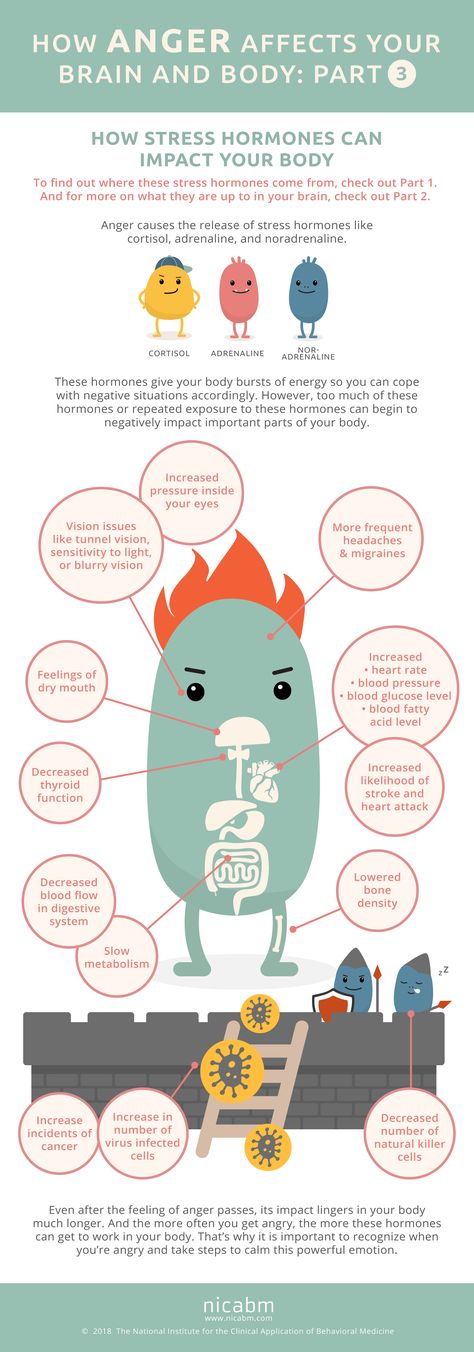 When you’re angry, your body releases cortisol, adrenaline, and other hormones that can impact things like perspiration, heart rate, and blood flow, the American Psychological Association (APA) explains. Much like chronic stress, persistent anger can eventually lead to increased risks of hypertension, heart disease, ulcers, and bowel diseases. So while harnessed anger can be a powerful catalyst for action (think: activism), when anger controls you, it can harm your health. So it’s most helpful to try to embrace anger, learn from it, and then, well, set it free. Easier said than done? Sure. But that’s why we asked experts for advice on how exactly to do this.
When you’re angry, your body releases cortisol, adrenaline, and other hormones that can impact things like perspiration, heart rate, and blood flow, the American Psychological Association (APA) explains. Much like chronic stress, persistent anger can eventually lead to increased risks of hypertension, heart disease, ulcers, and bowel diseases. So while harnessed anger can be a powerful catalyst for action (think: activism), when anger controls you, it can harm your health. So it’s most helpful to try to embrace anger, learn from it, and then, well, set it free. Easier said than done? Sure. But that’s why we asked experts for advice on how exactly to do this.
Finding a balance between embracing and releasing anger requires that you “develop an intimate relationship” with it, Mitch Abrams, Psy.D., a clinical assistant professor in the department of psychiatry at Rutgers University and author of Anger Management in Sport, previously told SELF. Below, you’ll find a list of eight things you can do to face your anger and work toward releasing it. There’s no one trick to getting rid of your feelings immediately, but you can metabolize them in healthy ways (or healthier, at least).
There’s no one trick to getting rid of your feelings immediately, but you can metabolize them in healthy ways (or healthier, at least).
1. Be honest: You’re pissed off.
Along with rushing toward forgiveness, you might feel compelled to bury your anger. This tendency can stem from cultural messages that anger is wrong (especially for women and other marginalized people), or it might come from your personal beliefs and experiences. No matter the reason, ignoring your anger (or any other emotion) isn’t the best idea. We’re not suggesting you start a fight, but it is okay to be pissed off.
Still, admitting that you’re angry can be difficult. For instance, if you’re someone who rushes to forgive (or tries to see life from every angle), imagine how you might react to a friend who is upset. The compassion and understanding that you’d share with them might be exactly what you need to give yourself. If you’re someone who buries your emotions, take a moment to admit that you’re angry out loud.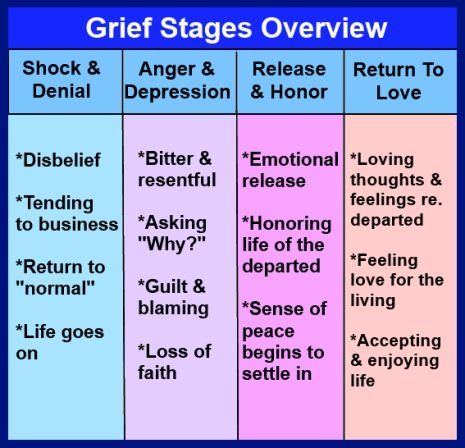 Try not to rationalize it away or pretend it doesn’t exist. Simply say the words out loud and realize that the world is still standing. It’s okay to be pissed off.
Try not to rationalize it away or pretend it doesn’t exist. Simply say the words out loud and realize that the world is still standing. It’s okay to be pissed off.
2. Write down why you’re angry.
Once you’ve realized you’re angry, write your thoughts and emotions out. Not only is it great to just vent on paper for a while, as SELF previously reported, expressing your feelings helps you regulate them. When you’re angry, logic and reason tend to suffer, according to the APA. So writing down your thoughts allows you to explore how much of your anger is rooted in reality. You can start by answering the following question: Why am I angry right now?
3. Look at the situation like you’re a fly on the wall.
Journaling about your experience is helpful, but it can encourage you to ruminate a little. So if you start to feel worse about your experience, it might be helpful to practice self-distancing, which involves imagining yourself as an impartial observer in your experience. A 2021 study published in Frontiers in Psychology examined whether self-distancing could reduce negative self-talk and aggressive behavior in college athletes. Although the study only included 40 athletes, the research (which builds on older studies) did find that shifting point-of-view or adopting a third-person perspective can help reduce aggressive behavior, negative self-talk, and (to a lesser degree) anger. To do this, you can visualize yourself as a “fly on the wall” and watch the events that are bothering you play out in a more impersonal way. You might also shift from using first-person pronouns to third-person. So instead of saying, “I’m so angry because…” you might say, “She’s so angry because…” It might sound weird, but it really might be helpful if exploring things from a personal perspective is making you angrier.
A 2021 study published in Frontiers in Psychology examined whether self-distancing could reduce negative self-talk and aggressive behavior in college athletes. Although the study only included 40 athletes, the research (which builds on older studies) did find that shifting point-of-view or adopting a third-person perspective can help reduce aggressive behavior, negative self-talk, and (to a lesser degree) anger. To do this, you can visualize yourself as a “fly on the wall” and watch the events that are bothering you play out in a more impersonal way. You might also shift from using first-person pronouns to third-person. So instead of saying, “I’m so angry because…” you might say, “She’s so angry because…” It might sound weird, but it really might be helpful if exploring things from a personal perspective is making you angrier.
4. Now, try to pinpoint your triggers.
When you decide to examine your rage, random memories, thoughts, and emotions can arise. Some of those thoughts might include name-calling and colorful language (no judgment).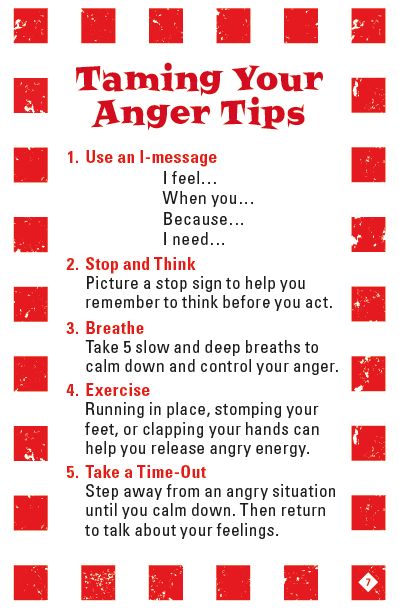 But there’s probably valuable information lurking underneath the surface too.
But there’s probably valuable information lurking underneath the surface too.
How to throw out the accumulated anger and irritation
October 4, 2022 Life
Five proven and safe ways.
Iya Zorina
Author of Lifehacker, athlete, CCM
You can listen to the short version of the article. If it's more convenient for you, turn on the podcast.
Why you shouldn't keep anger in yourself
According to the American Psychological Association, only 10% of anger ends in aggression - physical or verbal pressure to cause harm. nine0003
On the one hand, this is good, because in a state of passion it is easy to do something that you will regret. On the other hand, it can be no less dangerous to keep negativity in oneself.
So, in one experiment, they found that men who express anger are less likely to suffer from myocardial infarction and stroke than those who show almost no negative emotions.
In addition, by keeping your emotions out on a regular basis, you run the risk of becoming passive-aggressive, cynical and hostile, which will not have the best effect on your relationship. nine0003
How to safely vent anger
Here are five good ways to get rid of anger as safely as possible for yourself and others.
1. Destroy unnecessary things
If you have the opportunity, retire to a free room and throw out aggression on objects.
Iya Zorina
Lifehacker fitness expert.
When I taught my son to read, his inattention and unwillingness to concentrate drove me to white heat. In order not to break down on the child, I asked him to wait, after which I carried the broken toys in another room with particular cruelty and returned to classes in a calm and even high spirits. nine0003
Use whatever you don't mind. Pillows, old furniture, paper, broken toys or non-working appliances. Just be careful with sharp and fragile objects: in a state of passion, you can get hurt and not even notice it.
2. Try the empty chair method
This is one of the popular Gestalt therapy techniques that helps resolve internal conflicts.
You place two chairs opposite each other and sit on one of them. Depending on the goal, on the second one you can represent the person with whom you had a conflict, or, for example, your inner critic. nine0003
After that, you say out loud whatever you want to the imaginary interlocutor: the essence of the problem, accusations, arguments in favor of your decision. Then you move to another chair and answer, but now on behalf of the one to whom all this was intended, whether it be an individual person or some part of you that does not agree with the previous opinion.
By imagining yourself in the place of another person, you are trying to understand his point of view. And this is very important when it comes to conflicts.
One review study noted that engaging in constructive dialogue, talking about your feelings, and trying to understand the other person is the least unhealthy way to show anger.
Those who dealt with their negative feelings in this way were much less likely to suffer from heart disease, depression, and anxiety than people who were accustomed to blaming others and proving themselves right.
The empty chair method has two benefits:
- Don't spoil the relationship with the one who caused a flurry of negative emotions, but instead safely vent aggression and reduce the degree of tension.
- Try to understand the other person's motives, which will have a good effect on your condition and help get rid of anger.
3. Listen to music
This is a good way for situations where you can't be alone and have to deal with your emotions around other people.
Put on your headphones, select the heaviest, darkest and most aggressive song and turn up the volume. nine0003
Iya Zorina
This method has saved me more than once in the gym after unsuccessful runs in the snatch or clean and jerk. Someone kicks a bucket of locks and swears at the whole room, and I put on my headphones and turn on something like Uratsakidogi “You feel it.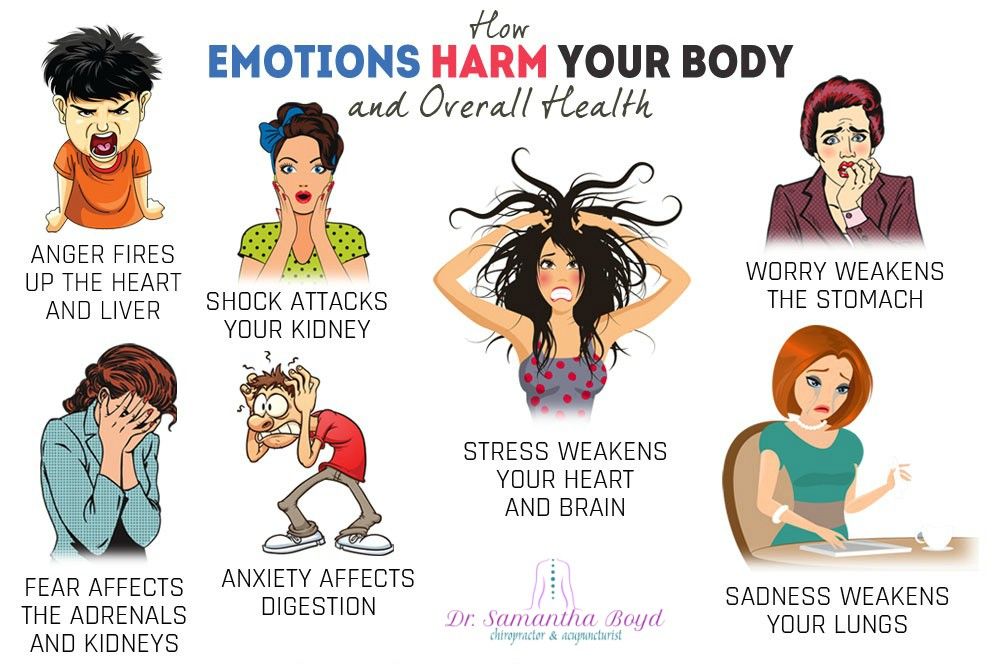 ” Helps no worse.
” Helps no worse.
If possible, try to sing along as loudly as you like.
4. Write about how you feel
When you are angry or scared, the amygdala, the structure responsible for the fight-or-flight response, is activated in the brain. Since survival is directly dependent on the work of this area of \u200b\u200bthe brain, it is very sensitive to all sorts of threats, real or imagined. nine0003
However, there is something that can subdue the activity of the anxiety system of the brain, namely, the verbal expression of emotions.
In one experiment, people were shown a picture of an angry face and asked to choose between the labels "Angry" and "Scared." The next time they repeated the same thing, but now they asked the participants to choose between "Harry" and "Sally".
Scientists found that when people labeled a photo as "Evil," activity in the amygdala was reduced, while the choice of a name had no effect on how the amygdala worked. nine0003
Psychology professor Matthew Lieberman explains that by putting our feelings into words, we activate the right ventrolateral prefrontal cortex (RVFC), the brain structure responsible for processing emotions and curbing impulses.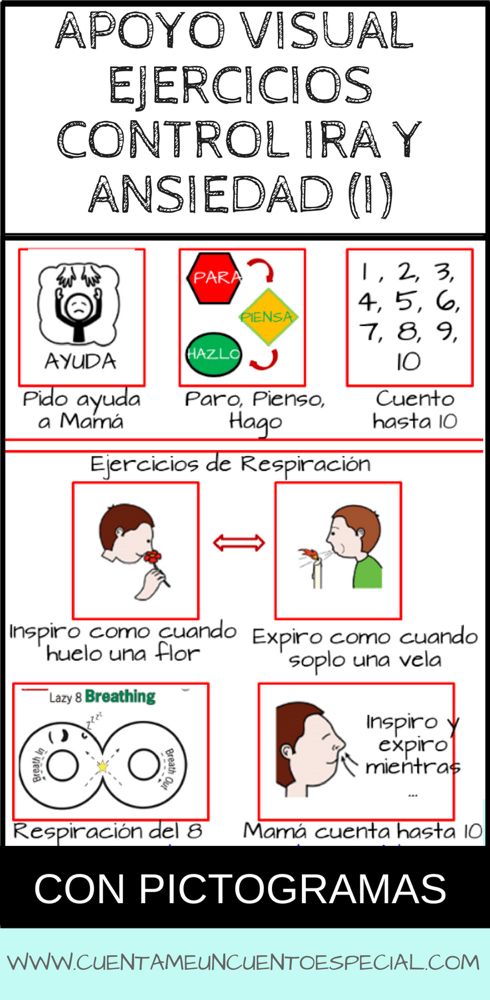
It helps to calm the amygdala and come to your senses.
Grab a piece of paper and a pen or open a note on your phone and write down all your feelings at the moment, what caused them, and absolutely anything you want to add. Feel free to express yourself, don't worry about spelling and punctuation, and if you want, destroy the text as soon as you're done. nine0003
5. Get a workout
There is some evidence that regular exercise helps to better control anger and manage stress.
Moreover, aerobic exercise triggers the release of endogenous cannabinoids, substances that transmit signals between nerve cells, reduce anxiety and symptoms of depression, and in large quantities can provide a feeling of euphoria.
Thus, after running a dozen kilometers or doing an intense interval complex, you will most likely forget about your anger and feelings altogether. However, this method is only suitable for those who are already engaged and are well aware of their capabilities and limitations.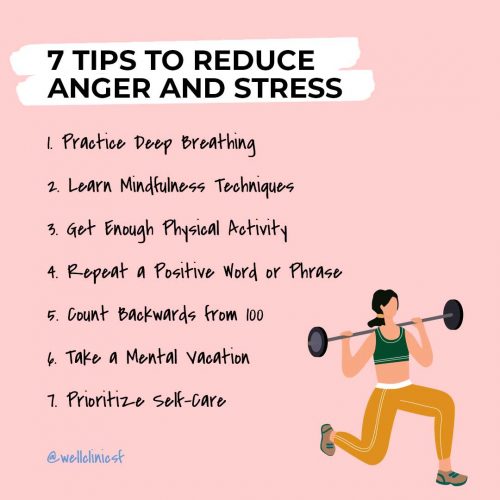 nine0003
nine0003
The fact is that when you get angry, you feel bad about your condition: you lose concentration and caution, you don't notice fatigue and ignore pain. All this greatly increases the risk of injury.
Moreover, anger and frustration, combined with training, increase the risk of myocardial infarction and cerebral hemorrhage from a burst blood vessel. So, if you are already at risk for cardiovascular disease, do not try to go to the gym until you calm down. nine0003
Read also 🧐
- 10 reasons why anger is good
- How to overcome anger with exercises
- Healing the inner child: how to prevent childhood trauma from spoiling adult life
Why is it important to release your anger and how to do it correctly
Were you told as a child that it is normal to feel aggression, anger, annoyance? Hardly. But surely the parents asked to “behave like an adult”: stop crying, be silent, not whine and be patient. We have learned to skillfully suppress emotions and the habit of behaving in a manner accepted in society has been carried over into adulthood.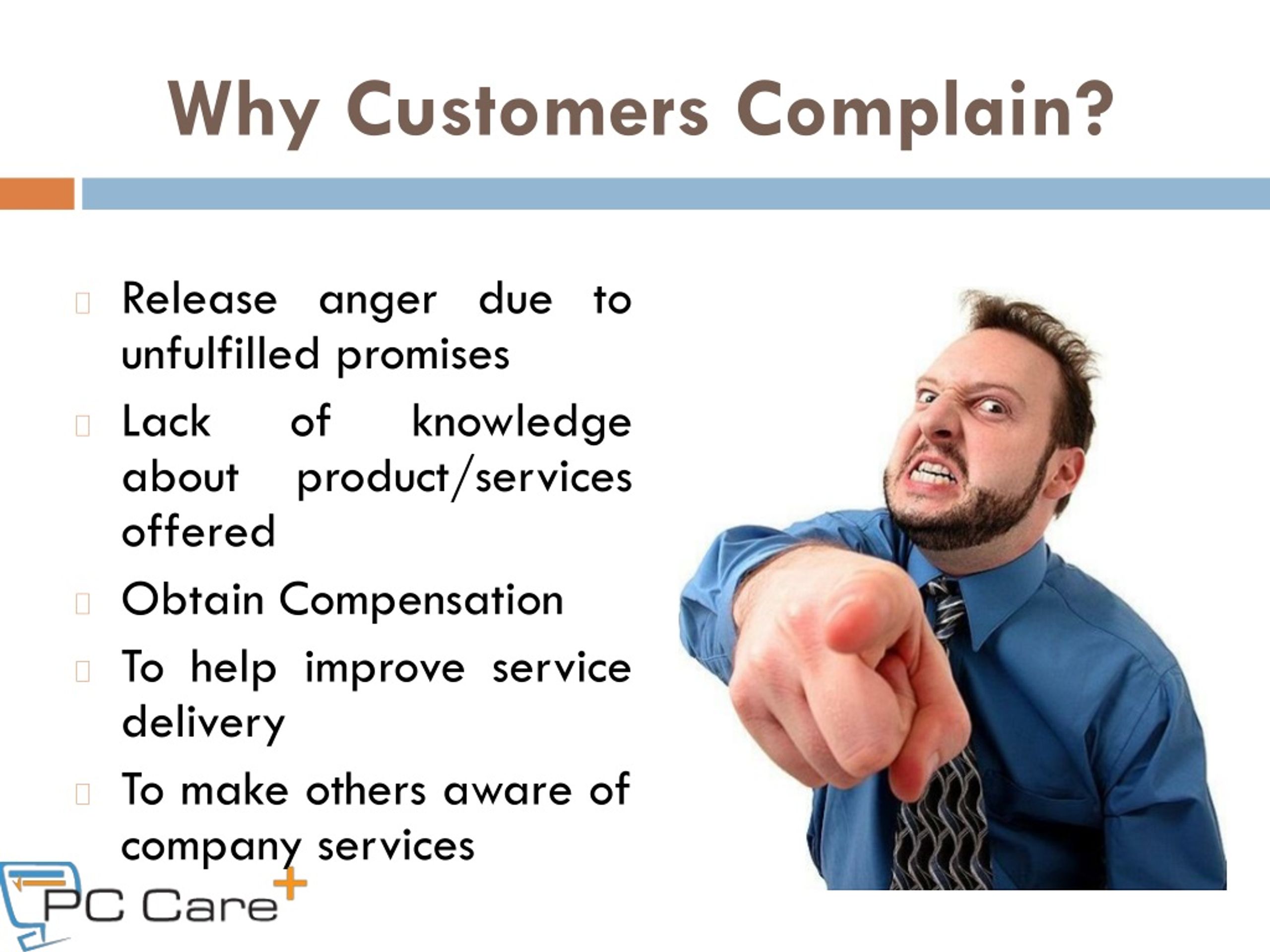 It is now young parents who listen to psychologists' lectures and try to find the right words in any situation. And 25–30 years ago, only a couple of books by foreign authors could prepare for parenthood in this way. nine0003
It is now young parents who listen to psychologists' lectures and try to find the right words in any situation. And 25–30 years ago, only a couple of books by foreign authors could prepare for parenthood in this way. nine0003
After being quarantined by myself and having experienced several coronavirus-related panic attacks, I recognized the need to work with emotions and began a course of sessions with a psychologist. It was clear that the stresses of the last ten years — graduating from high school, studying at a prestigious university, finding a job, and all this Moscow race — led a perfectionist like me to the fact that tears and nervous tension became the first reaction to any step out of the comfort zone. I could cry when I saw rain outside the window in the morning or discussed my career growth with my boss. The psychologist immediately explained that these tears were resentments that grew out of unspent anger due to unfair assessments (hello, excellent student syndrome), domestic worries, suppressed career ambitions and, in general, the desire for perfection - of course, unattainable.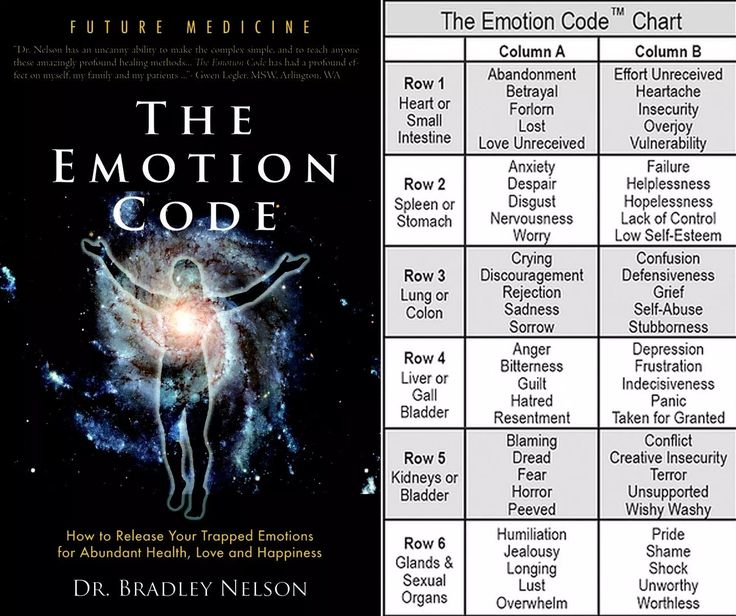 nine0003
nine0003
Popular
In a conversation with a psychologist, it turned out that more and more people today turn to specialists with the problem of unrealized emotions. Working on them is called "anger management." “We are used to considering such complex emotions as negative, such as anger, anger, longing, and push them out of consciousness, pretending that nothing is happening. Many are even ashamed of such states,” explains psychologist, Gestalt therapist Alina Bugrim. What if our emotions are like road signs to help us stay on track? nine0003
At once, several of my friends hid in themselves for years the desire to escape from toxic bosses, in the evenings describing new absurd office situations to their friends in colors. During this time, both of them doubted their talents and spent a lot of moral strength pleasing the bosses. They were angry at themselves for not being able to say no, and at them for not being aware of what was happening at all.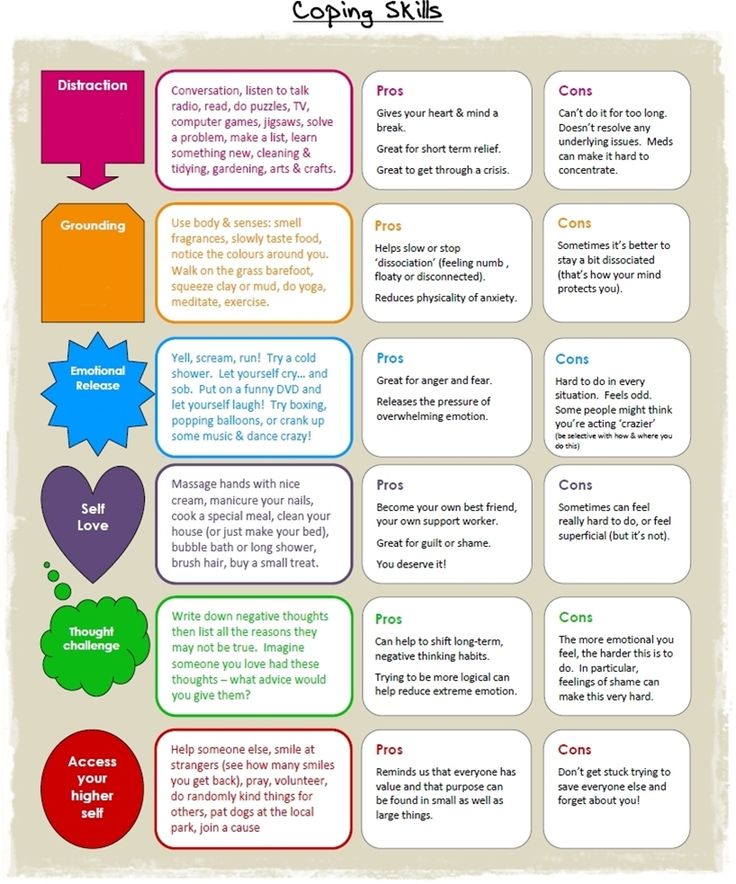 Both eventually got tired of living in a state of constant aggression, and each silently broke off the working relationship. I asked my friends exactly how they felt when they made this decision, and each noted the urgent need for change. It turns out that anger is a marker that stimulates change. However, psychologists explain, it is not necessary to bring yourself to emotional burnout, endure endless overtime, break dishes at home, or, as Britney Spears did in 2007, rush at the car of the offender with an umbrella. It is much more correct to catch your aggression right away and direct its energy to change - to build and defend your boundaries and learn to say no. “Anger, like any strong feeling, helps our transformation. By learning to better understand our own desires, we begin to appreciate and respect ourselves more,” adds Bugrim. nine0003
Both eventually got tired of living in a state of constant aggression, and each silently broke off the working relationship. I asked my friends exactly how they felt when they made this decision, and each noted the urgent need for change. It turns out that anger is a marker that stimulates change. However, psychologists explain, it is not necessary to bring yourself to emotional burnout, endure endless overtime, break dishes at home, or, as Britney Spears did in 2007, rush at the car of the offender with an umbrella. It is much more correct to catch your aggression right away and direct its energy to change - to build and defend your boundaries and learn to say no. “Anger, like any strong feeling, helps our transformation. By learning to better understand our own desires, we begin to appreciate and respect ourselves more,” adds Bugrim. nine0003
Popular
“Intentionally ignoring our feelings or suppressing them, we do not get rid of the problem - emotions build up and act on us destructively,” says Nathalie Leroux, a member of the International, respiratory practitioners coaching federation.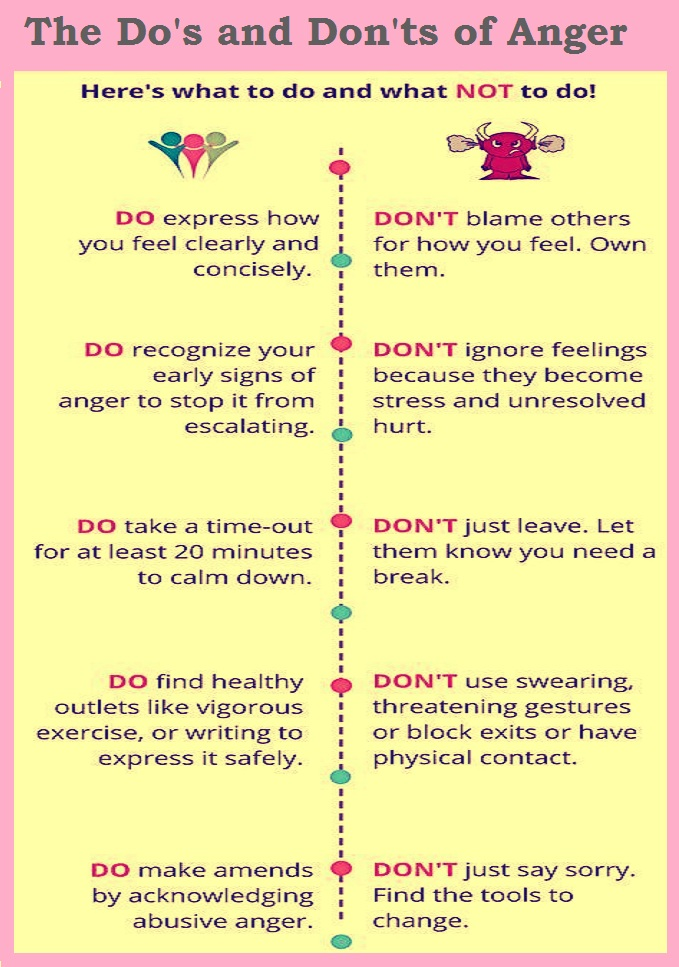 Devastating in the literal sense: the fact is that the stress hormone cortisol circulates in the blood several times longer than serotonin, which is responsible for happiness. “For some reason, many reproach themselves for natural reactions,” continues Leroux. “In reality, every time you experience certain feelings, this body is trying to tell you something.” How to work with it? Leroux advises asking yourself questions: “If my anger could speak, what would it say to me? What can I take away from the situation? How can I convey what really matters to me next time? nine0003
Devastating in the literal sense: the fact is that the stress hormone cortisol circulates in the blood several times longer than serotonin, which is responsible for happiness. “For some reason, many reproach themselves for natural reactions,” continues Leroux. “In reality, every time you experience certain feelings, this body is trying to tell you something.” How to work with it? Leroux advises asking yourself questions: “If my anger could speak, what would it say to me? What can I take away from the situation? How can I convey what really matters to me next time? nine0003
Suppressed and ignored emotions can turn into real illnesses. “Any uncomfortable state is perceived by the body as stress. The psyche always elevates it to the rank of a threat to survival. The body includes mechanisms that protect against danger. Most often it is swelling or inflammation,” explains Anton Antonov, clinical psychologist, specialist in functional changes in organs and tissues. Antonov recommends that at the moment when you feel aggression, disappointment, resentment, realize this and surrender to the sensations for a minute.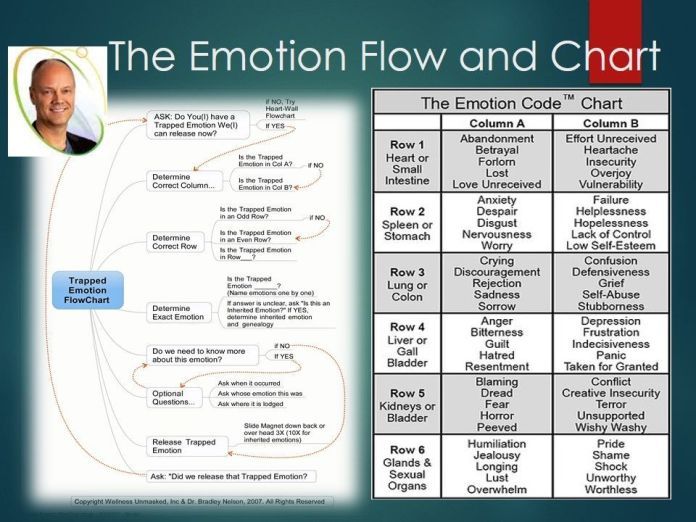 Most likely, you will feel how the tension goes away - this body ceases to protect itself from stress. By accepting the situation, we give the brain a signal of agreement with it, and then it no longer poses a danger to the body. It would be useful to recall a similar situation from the past, when you already felt something similar. “Try to live this episode again, replacing the picture with a positive one. If you were angry then and did not do what you wanted, go back there mentally and imagine what you did - complete that event. And look what you will become after - happy, free? nine0003
Most likely, you will feel how the tension goes away - this body ceases to protect itself from stress. By accepting the situation, we give the brain a signal of agreement with it, and then it no longer poses a danger to the body. It would be useful to recall a similar situation from the past, when you already felt something similar. “Try to live this episode again, replacing the picture with a positive one. If you were angry then and did not do what you wanted, go back there mentally and imagine what you did - complete that event. And look what you will become after - happy, free? nine0003
Popular
During the six months I spent away from the office, I learned to track anger, feel its energy and accept it. I found out that the ultimate goal of this work is a state of harmony and peace, in which the ways of resolving the situation that provoked aggression are better seen. And I remembered that several years ago I unconsciously used this method.






